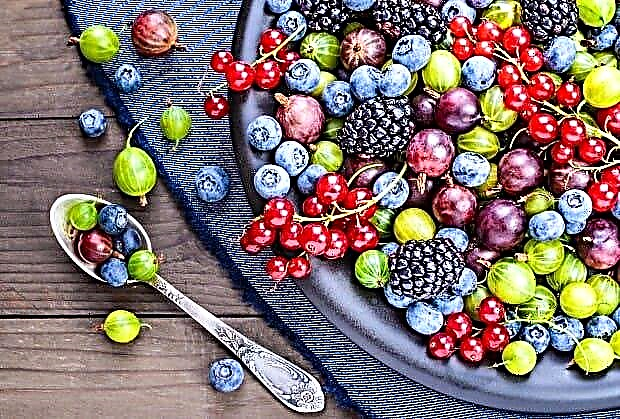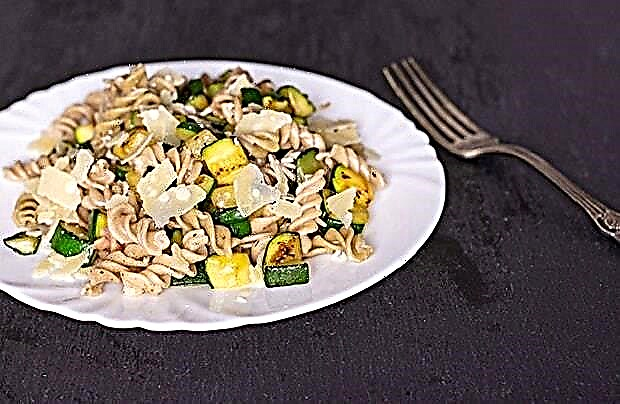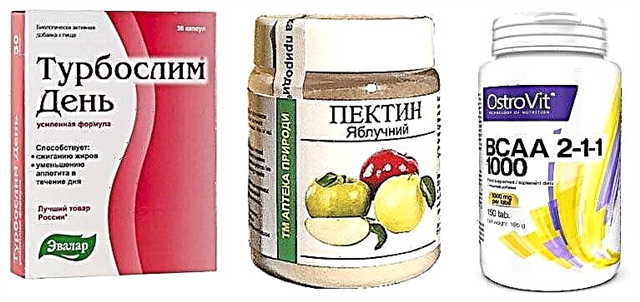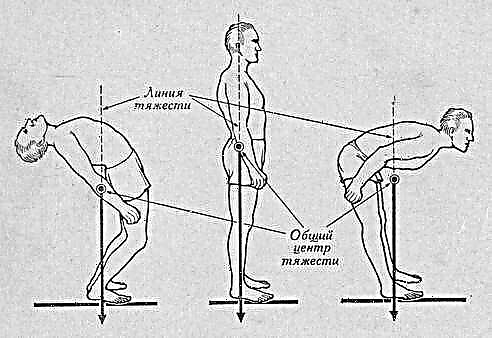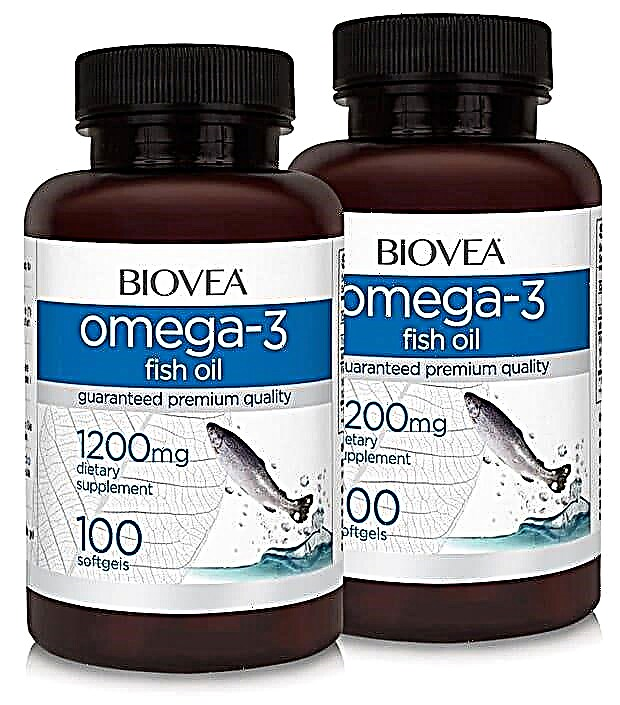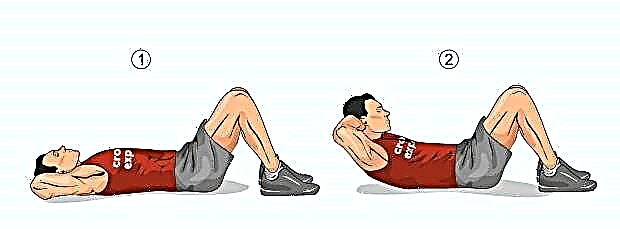Fiber is one of the most important ingredients in any diet. Its absence or excess lead to detrimental consequences for the human gastrointestinal tract. How much fiber should you consume for a healthy diet? What sources of fiber to choose? Which products contain the most of it, and which ones do not? What are the benefits of fiber and is there any harm, as well as what are the functions and properties of this element of the human diet - you will learn about all this from our article.
Fiber - what is it in simple terms
Fiber is a type of complex carbohydrate, plant fiber formed by parts of plants. Cabbage leaves, peels of beans and seeds, stems and grains of plants are all examples of fiber.

In addition to fiber, which is formed in natural conditions, there is also a food supplement of the same name. It is also a complex carbohydrate formula that cannot be broken down in the gastrointestinal tract and is used for dietary purposes (source - Wikipedia).
Dietary plant fibers are not digested in the digestive tract by enzymes. The beneficial intestinal microflora is responsible for their processing.
If fiber is not assimilated by our body, then what is its use? First of all, fiber helps food to be removed from the digestive system faster. The longer the food is digested inside the gastrointestinal tract, the more difficult it is to remove it later without consequences such as gas or bloating. Fiber speeds up this process and helps the body cleanse itself naturally. That is why fiber is indicated for those who have intestinal problems.
Fiber types - cellulose, hemicellulose, lignin, pectin
Fiber is classified according to its content in different foods or parts thereof. Consider the main types of fiber.
Cellulose
It is the main component of plant cell walls. Cellulose is an insoluble fiber. It can be found in wheat flour that has not yet been sieved, in bran, in cabbage leaves, in the pod of young peas, in the skins of green beans, in broccoli leaves or Brussels sprouts, in the skins of cucumbers, peppers and apples. Cellulose facilitates the activity of the colon, absorbing all excess moisture.
Hemicellulose
This species is found in bran, grain, beet pulp, Brussels sprouts, or mustard sprouts. Post all subspecies of this type of fiber have the ability to dissolve.
Hemicellulose, like the first type, absorbs liquid, facilitating the work of the intestines.
These two types help recycled waste leave the intestines faster and prevent conditions and diseases such as constipation, colitis due to spasms of the smooth muscles of the intestine, as well as varicose veins, hemorrhoids, colon cancer, and diverticulosis.
Lignin
The third, insoluble type, is found in cereals, for example, in bran, or in eggplant, strawberries, radishes, and peas. Moreover, the content of lignin in those vegetables and fruits that have already "lay down" for some time is much higher than in fresh ones. The main property of lignin is considered to be a special viscosity - it interferes with the absorption of harmful substances, which helps food to leave the intestines faster. In addition, due to the ability to bind with bile acids, the amount of cholesterol in the blood decreases.
Pectin and gums
Both of these types are soluble and are found in oat cereals, potatoes, beans, peas, as well as berries - strawberries and strawberries. A lot of pectin in apples and citrus fruits.
This type of fiber controls how food is digested not only in the stomach, but also in the small intestine.
Like lignin, pectin and gums combine with bile acids, lowering cholesterol and actively absorbing fat. In addition, substances slow down the absorption of glucose, which becomes a salvation for diabetics (source - NCBI).
Fiber tablets
In addition to natural fiber, scientists have developed in the laboratory a formula for an easily available substance - activated fiber, which is taken in tablets at the dosage necessary for your body.
This type of planned introduction of fiber into the diet contributes not only to the formation of the correct diet, but also increases the effectiveness of various dietsbecause activated fiber controls the supply of protein in food and reduces the carbohydrate content. Hence, tangible and constant weight control.
Why fiber is useful

Recent studies in the field of nutrition have shown that the benefits of fiber for the human body are not only in normalizing the intestines by accelerating the elimination of waste, but also in cleansing the body of toxins and toxins.
That is why so many wholemeal products have appeared on store shelves. People deliberately switch to such a diet, as "coarse food" helps to lose weight and improve the digestive tract processes.
In addition to the function of the main sorbent of the body, fiber also has other useful properties:
- Saturates quickly, which is important when dieting.
- Tames excessive appetite.
- Improves the secretory functions of the stomach.
- Restores the peristalsis of the large and small intestines.
- Reduces the risk of developing colon malignant neoplasms.
- Enriches the body with vitamins, minerals and other useful micro-elements.
- Provides food for beneficial intestinal bacteria.
- Slows down the rate at which blood glucose rises.
- Reduces blood cholesterol levels.
Also fiber helps to normalize blood pressure and reduce the likelihood of developing a stroke, myocardial infarction (source - US National Library of Medicine).
Potential harm to fiber

The potential harm from fiber can be reduced to zero if consumed in moderation and not on an empty stomach. It is best to consume foods containing fiber along with some liquids, for example, if you eat oat porridge, then you should have vegetable soup as your first meal with this meal.
The abundant use of fiber in the diet contributes to a change in intestinal motility, which leads to constipation or diarrhea, increased fermentation and decay.
Such reactions cause:
- bloating;
- spastic pain in the lower abdomen;
- intestinal obstruction;
- hypoglycemia in patients with diabetes mellitus.
It is also not recommended to use dietary fiber in large quantities for stomach and duodenal ulcers during periods of exacerbation.
Table - sources of fiber in foods

The largest supply of fiber is found in the outer shells of products: peel, leaves, stems, etc. The highest fiber content product is considered to be whole grain bran - in 100 g there are about 44.0%.
From the table you will find out which other foods contain fiber and in what quantity:
| Product | Fiber amount (percentage) |
| Bran | 44 |
| Nuts (particularly almonds) | 15 |
| Green pea | 12 |
| Whole Grain Products | 8.5 to 9.6 |
| Legumes | 7 |
| Raisins | 6,8 |
| Greens | 3,8 |
| Carrot | 3,1 |
| Broccoli | 3 |
| Cabbage | 2,9 |
| Apples, potatoes, wheat flour | 2 |
| Rice | 0,8 |
Note! The most balanced foods in terms of fiber and other nutrients are vegetables and fruits. In animal products, there is often no fiber at all, or the content is negligible.
Properties of adipose tissue
There is such a thing as adipose tissue - this is a reticular layer of the skin, which is permeated with collagen fibers and is located immediately under the skin itself (dermis). This grid contains special "fat lobes" that form our animal or subcutaneous fat.

@ Eugene adobe.stock.com (accumulation of adipose tissue)
What is fatty tissue for? It is a connective tissue that provides cushioning and thermal insulation for the body. In some cases (at different stages of obesity), the weight of adipose tissue can be from 10 kg, and the localization in men and women is different.
Women accumulate fatty tissue mainly in the thighs and buttocks, while men - in the chest and abdomen.
According to statistics, the greatest thickness of this connective tissue (up to 5 cm or more) reaches the thighs, and the smallest thickness is found on the eyelids and genitals.
The properties of adipose tissue include the following features:
- Energeticity. Fat is an important source of energy reserves in the body. Fat reserves are consumed during periods of intense energy expenditure or during fasting.
- Thermal insulation. Through fat, heat leaves slowly, which is useful in cold climates. The thicker the layer of fat, the less a person freezes at low temperatures. However, in excess amounts fat spoils the figure, lowers self-esteem, and in addition, adds problems "in the heart". Excess weight is a prerequisite for coronary heart disease, hypertensive crisis, diabetes mellitus and even osteoarthritis that deforms the skeleton.
- Protection. Fat protects all internal organs from overheating and also improves skin elasticity. Moving in different directions, the dermis seems to "slide" over the subcutaneous fat and has several times less damage.
- Accumulation. Fat is the body's reserve for "hungry" times. In addition to the fiber itself, the body accumulates other useful substances in the subcutaneous fat. For example, the hormones estrogens, which are important for the body's sexual function, as well as vitamins of groups A, D and E.
- Hormone production. In addition to natural accumulation, adipose tissue is able to independently produce important hormones. For example, leptin, which is responsible in our body for the feeling of fullness, etc.
Daily fiber intake
The rate of fiber for our body per day is an extremely controversial indicator. Doctors in the field of nutrition are recommended to consume the substance in an amount of 5 to 25 g. This is what Western medicine says. Russian dietitians say that our ancestors, the Slavs in the distant past, received much more - from 25 to 60 g of fiber, and their body has always worked like a clock.
The middle ground in 35 becomes a compromise solution. It is this amount of fiber that should enter the body of a modern person every day with a variety of foods.
Thus, it is possible and necessary to introduce fiber into your diet not only in order to cleanse the gastrointestinal tract of toxins, improve the peristalsis of the small and large intestines, and also reduce cholesterol, but also help your body lose weight to its own norm and permanently consolidate the effect of lightness and harmony your body.

